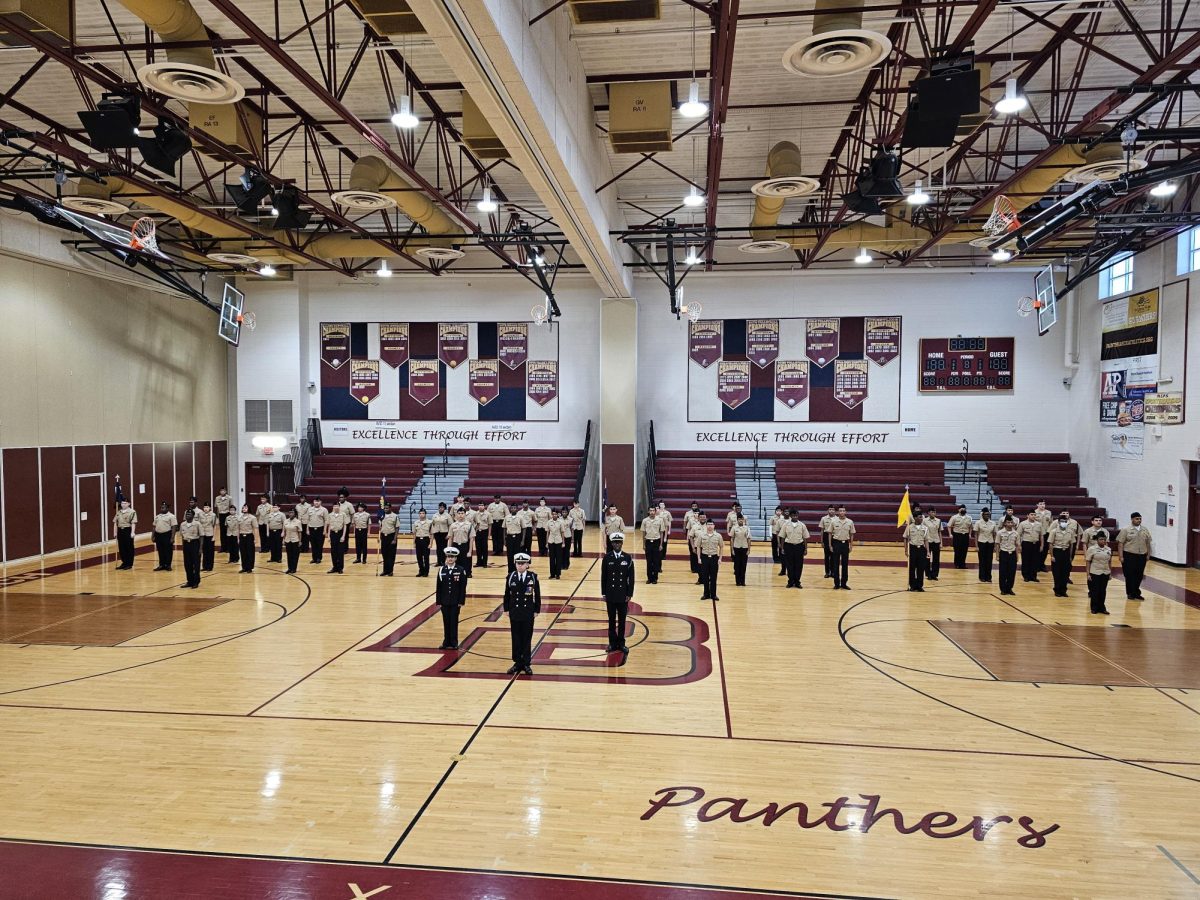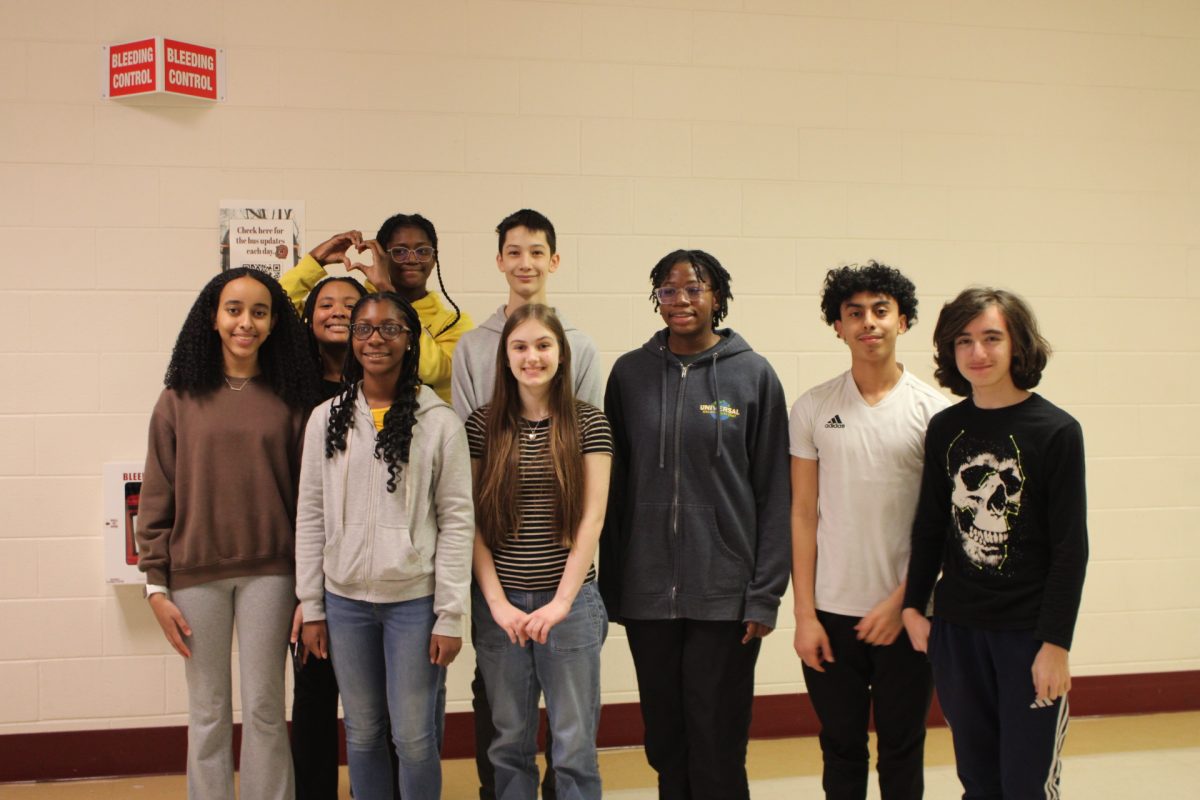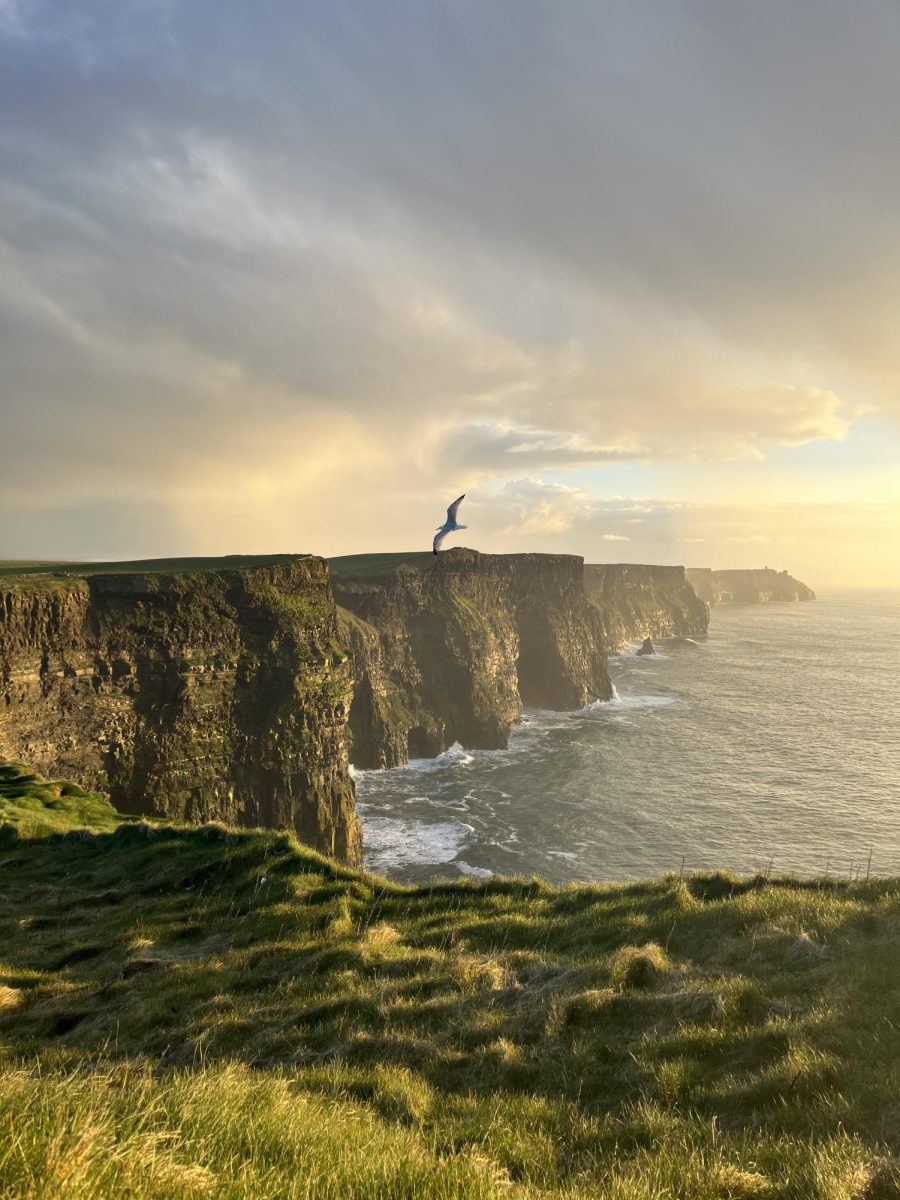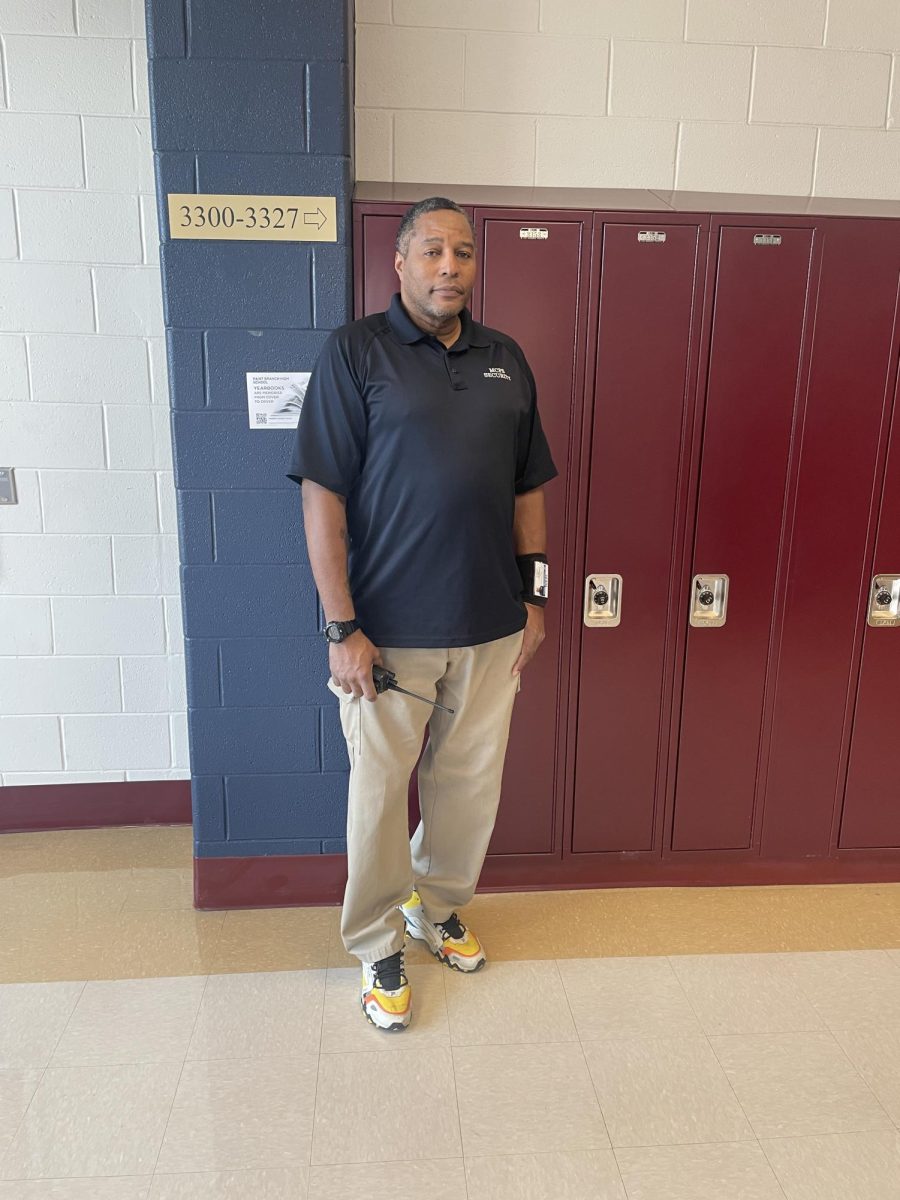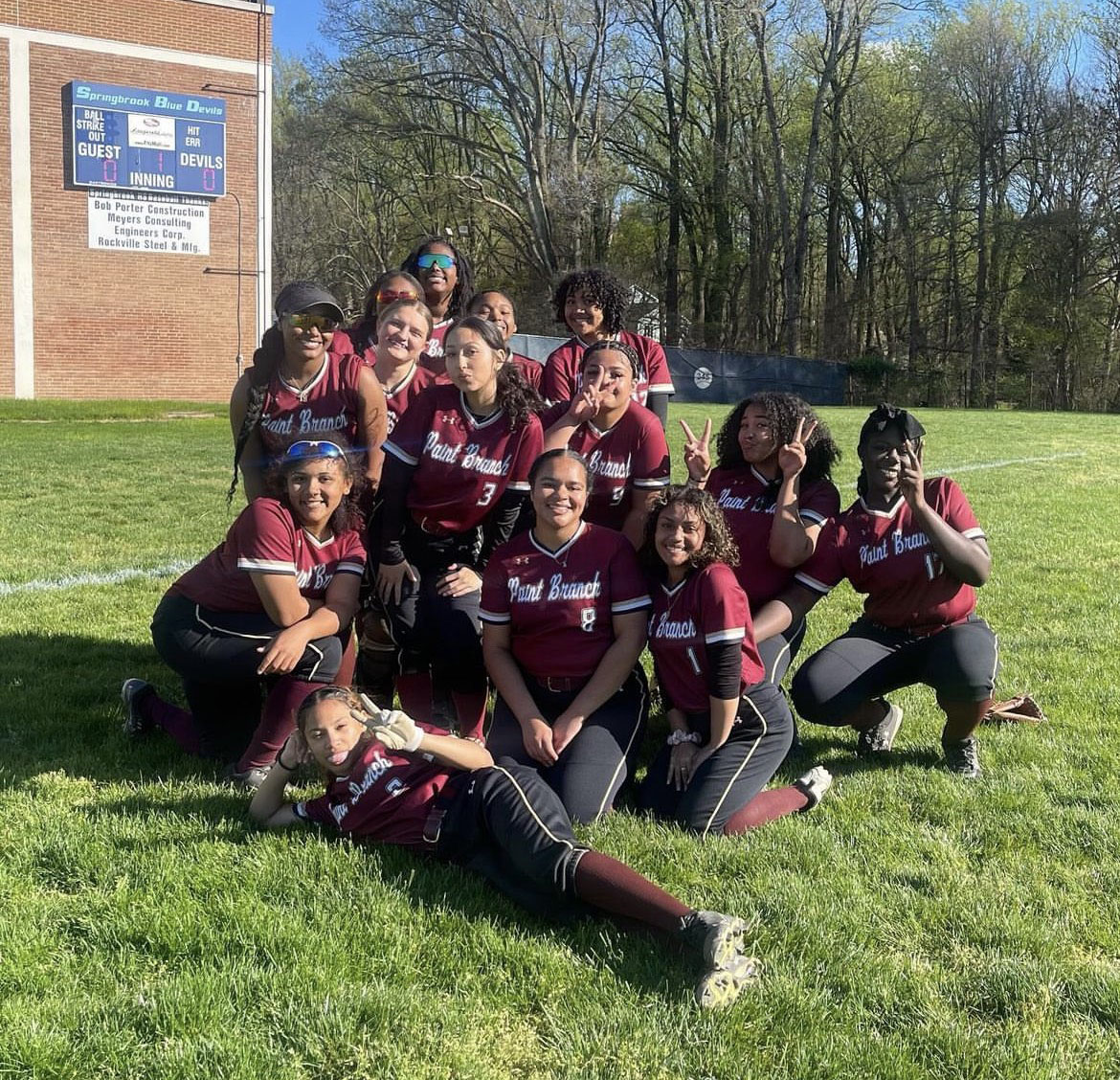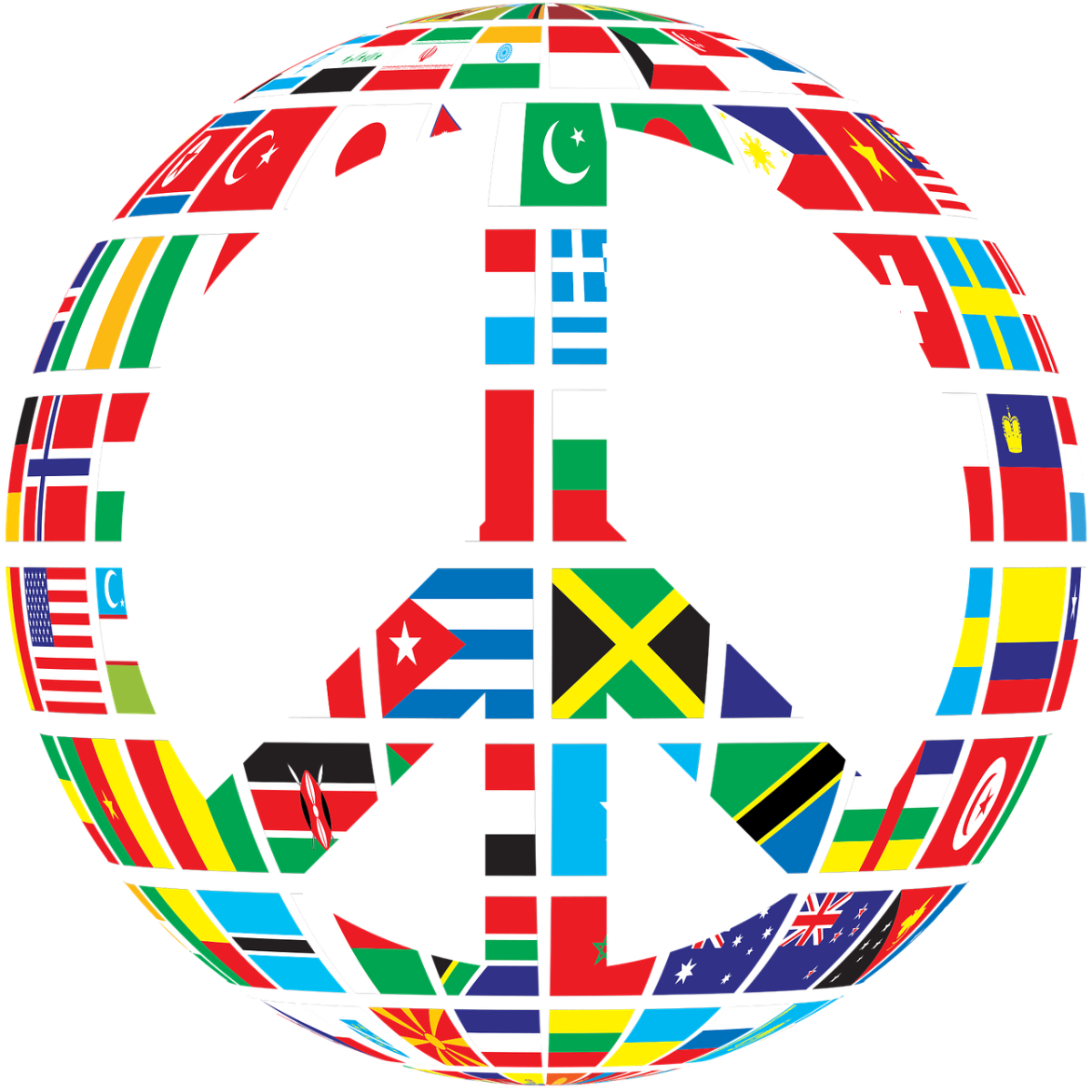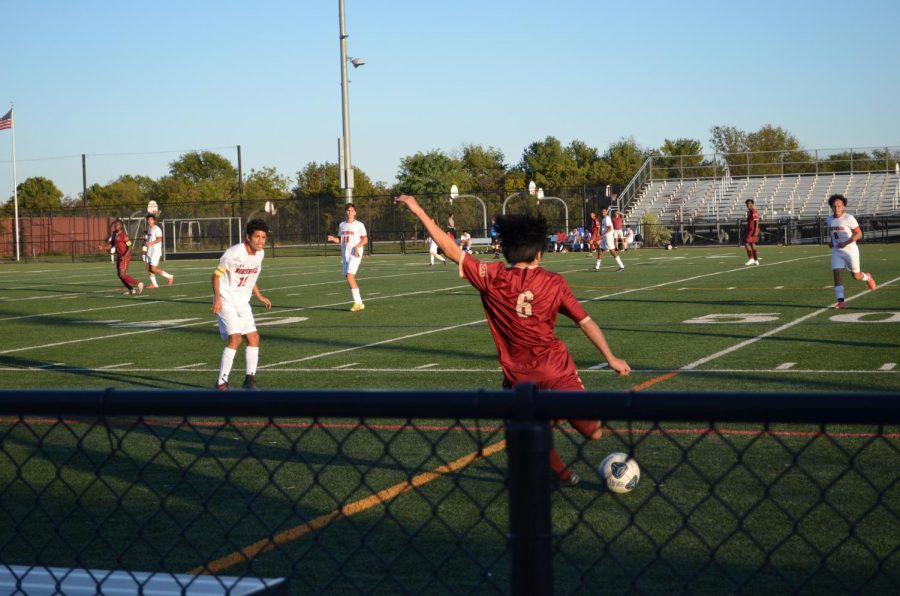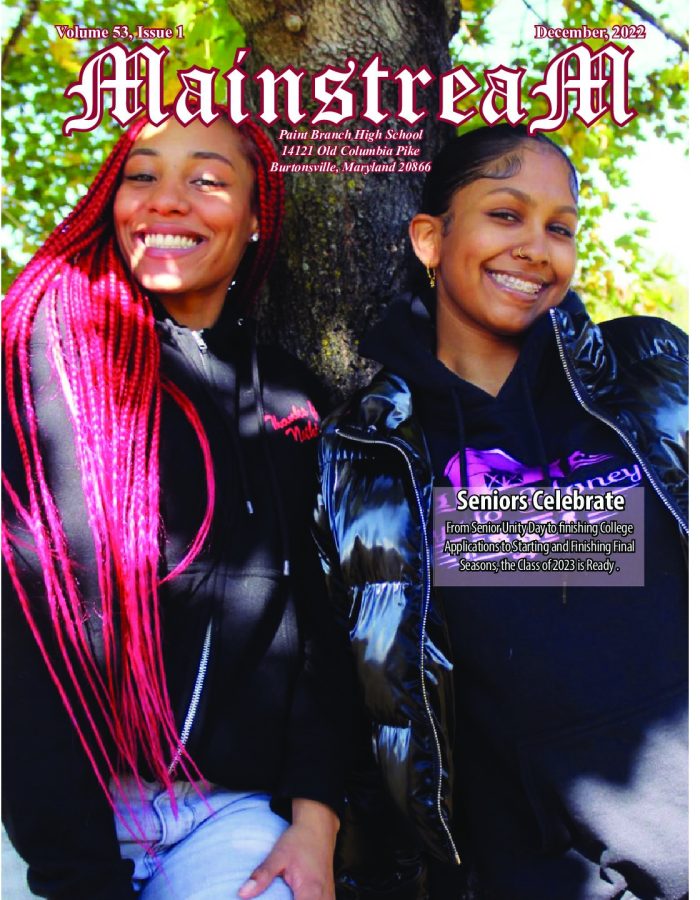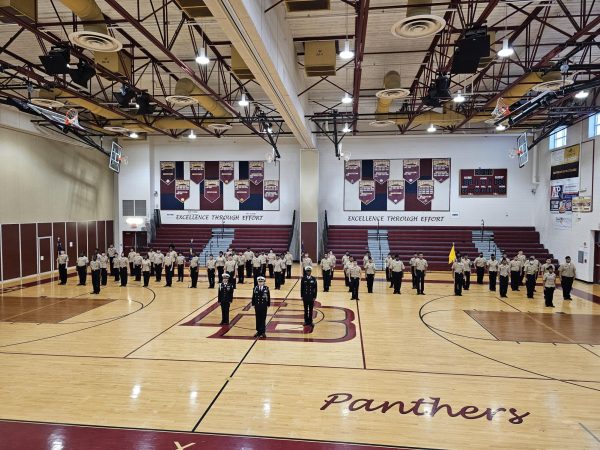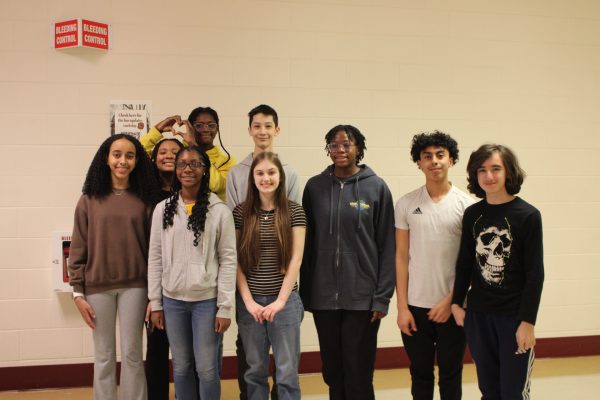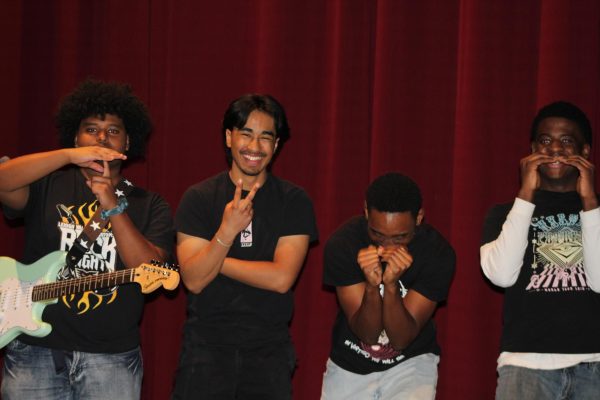Women’s March on Washington
February 21, 2017
Throughout our nation’s history, historic protests and movements have changed the fabric of our nation. Movements such as the March on Washington led by Dr. Martin Luther King, Jr. or the Delano Grape Strike led by Cesar Chavez inspired significant change in the United States. This year, in January, millions of people around the world gathered to protest the rhetoric of the past election cycle in an attempt to bring awareness and change.
On January 21, 2017, over half a million people gathered in Washington D.C. for the Women’s March on Washington to raise awareness and show support for a variety of issues, including ending domestic violence, maintaining environmental justice, and protective reproductive rights. The march was not only about women, though, as attendees also showed support for a wide array of groups and people, like members of the LGBTQIA community, immigrants, people with disabilities, and workers. Across all seven continents, people gathered to show support for the march.
Donald Trump was on the minds of many protestors who fear that his presidency could threaten or hinder the issues they believe in strongly. Many protestors wore handmade pink-knit hats in a show of solidarity for female empowerment and show their commitment to fighting what they feel is Trump’s poor and misogynistic treatment of women. After the success of the Women’s March on Washington, event organizers have launched the 10 Actions / 100 Days Campaign where every 10 days, they announce a different way for people to take action on an issue. For many, the Women’s March was a sign of hope for the future.


